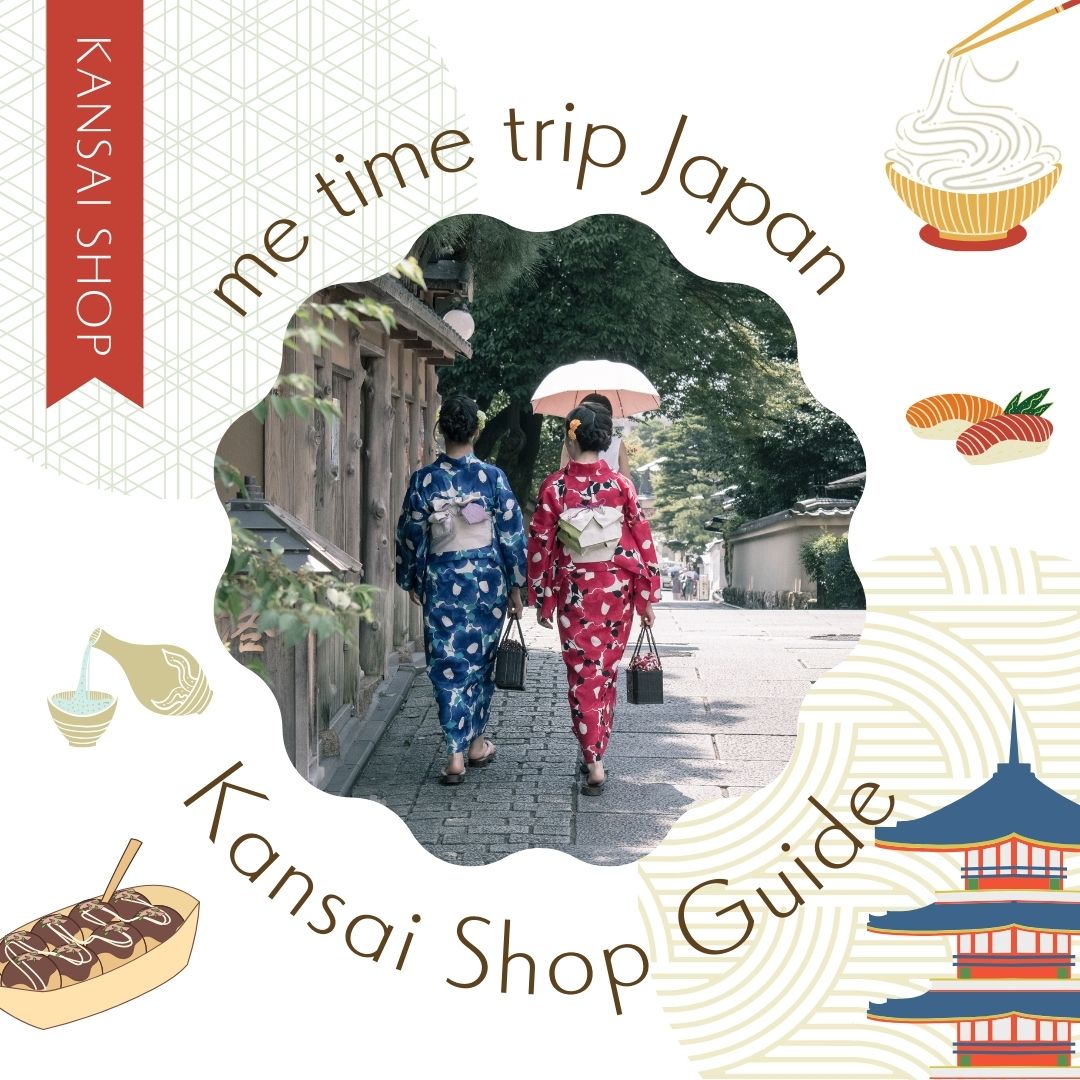Located in the southern vicinity of the Kyoto Imperial Palace gardens, known as Gosho Minami, “Tempura Eisyun” stands as a beacon of innovation in the realm of tempura. This area has garnered attention in recent years for its plethora of dining options, ranging from upscale establishments to casual eateries.
At “Eisyun,” only omakase courses are offered for both lunch and dinner. For the standard dinner course priced at ¥10,000, patrons can expect a selection of 13 to 15 tempura items featuring seasonal seafood and vegetables, accompanied by a choice of tendon, soba, udon, or tempura rice bowl, and rounded off with a delightful dessert.
With seating limited to eight at the counter, guests have the privilege of witnessing each piece of tempura being meticulously prepared before their eyes. This intimate setting offers a unique dining experience, best savored with a reservation.

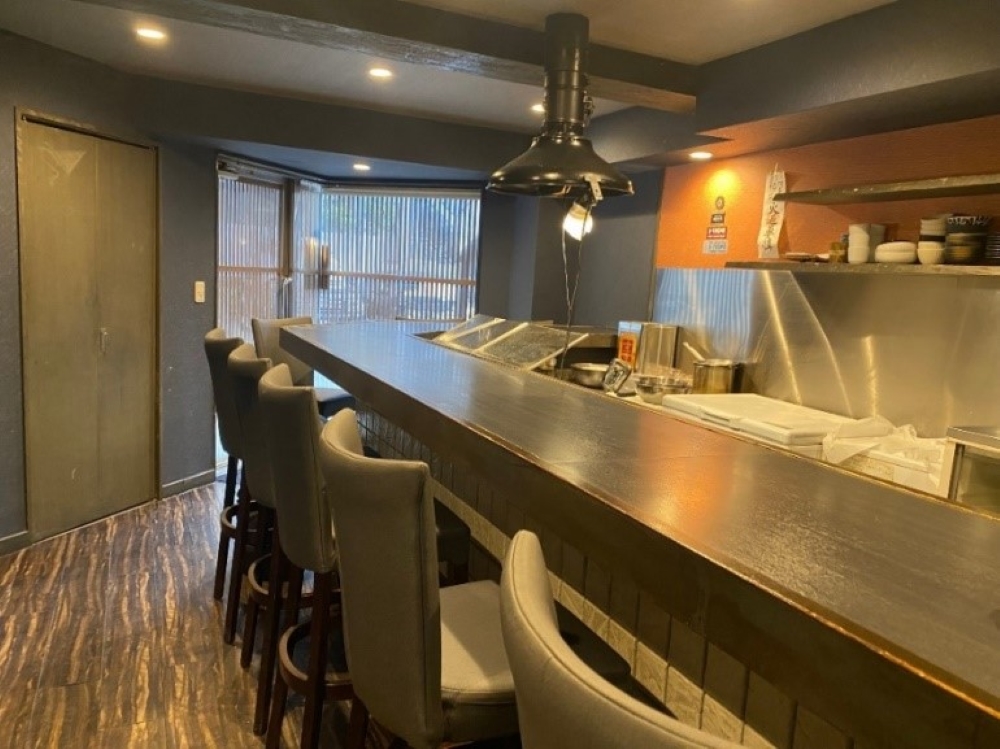
After receiving training at the nearby popular restaurant “Tsune-ya Densuke,” Chef Masaki Nagai opened “Tempura Eisyun” in 2019 with the support of the head chef. Continuously evolving, the tempura at “Eisyun” has garnered high praise from both domestic and international patrons.
And it’s no wonder why. Chef Nagai’s relentless pursuit of excellence sets him apart. He delves into old tempura literature and exhibits an insatiable curiosity. Following the adage “cherish the old and embrace the new,” he not only learns from the traditions of tempura but also explores new possibilities, pushing the boundaries of the craft.
An abundance of dedication in every piece of tempura.

The tempura crafted by such a dedicated chef is filled with meticulous attention to detail. One notable aspect of this dedication is the “batter.” Tempura batter is typically made from a mixture of wheat flour, water, and eggs, but each tempura restaurant has its own unique approach to the proportions, thickness, and coating method.
In Japan, there are broadly five schools of tempura craftsmanship, each with its distinct characteristics, and Chef Nagai tirelessly explores the techniques that lie beyond these fundamentals.
For instance, let me introduce you briefly to one aspect regarding the flour. We use meticulously selected flour frozen at -60°C. This process alters the action of gluten in the wheat flour, allowing us to achieve crispiness even at lower frying temperatures.
This technique was initially introduced by the renowned Nagoya restaurant “Niitome,” and Chef Nagai, inspired by its flavor, is the only one in Kyoto to practice it. The texture of the batter, the degree of cooking of the ingredients—these nuances may not be apparent until tasted, but merely observing the fried tempura batter reveals a noticeable difference.
The boundary between the upper part resembling a blossoming flower and the lower part appears to be divided into two layers.

To ensure a light taste, cottonseed oil is used, and for the crucial temperature control required in tempura cooking, two types of pots are alternated: the Kuji‐Satetsu iron pot from Iwate Prefecture, known for its minimal temperature fluctuations, and an aluminum pot, which allows for easier temperature adjustments.
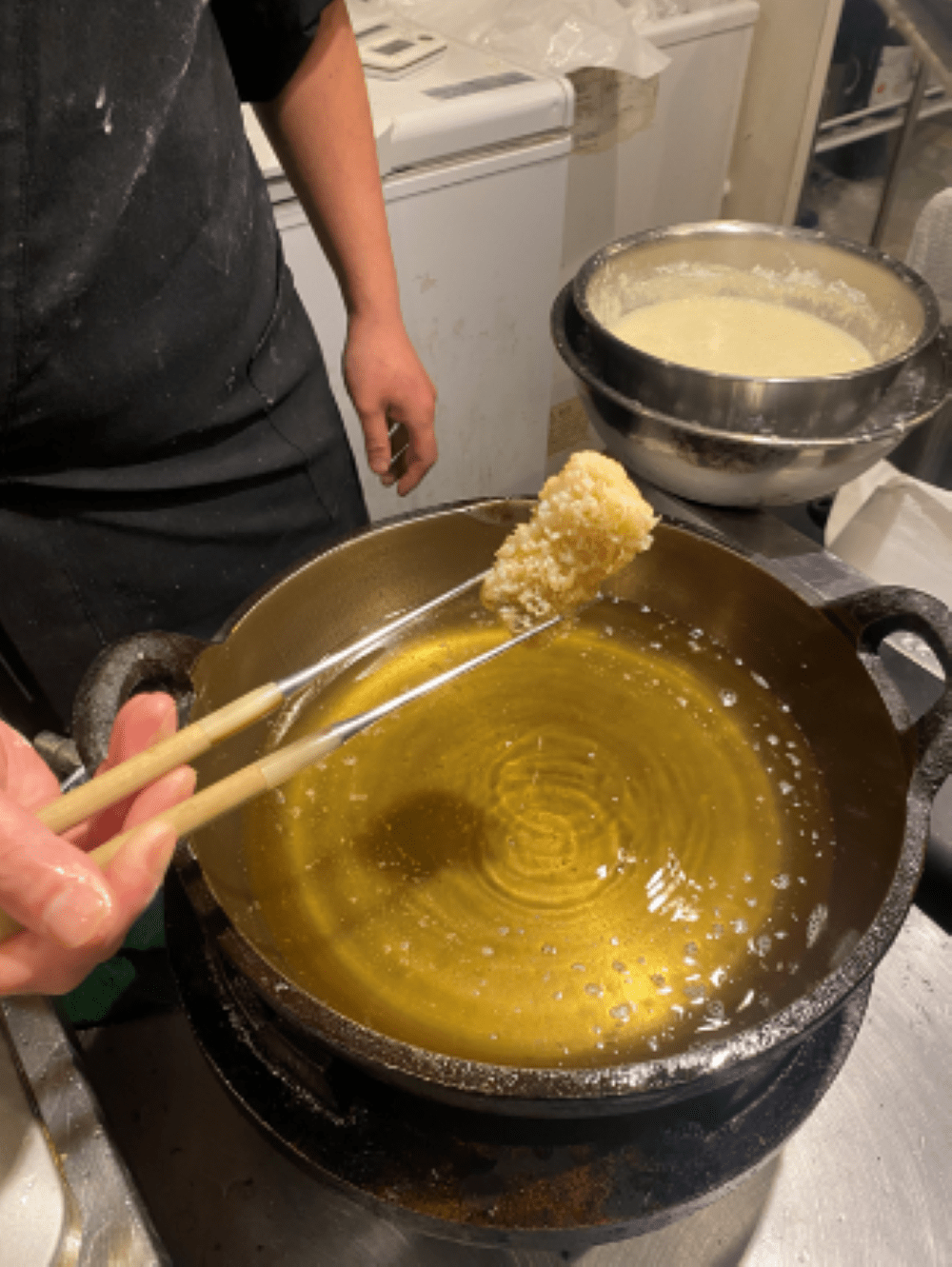

As for the ingredients known as the “core” of tempura, seafood is sourced from a renowned fish wholesaler in Kyoto, trusted by the chef, while vegetables are procured from various local greengrocers tailored to their specific types.
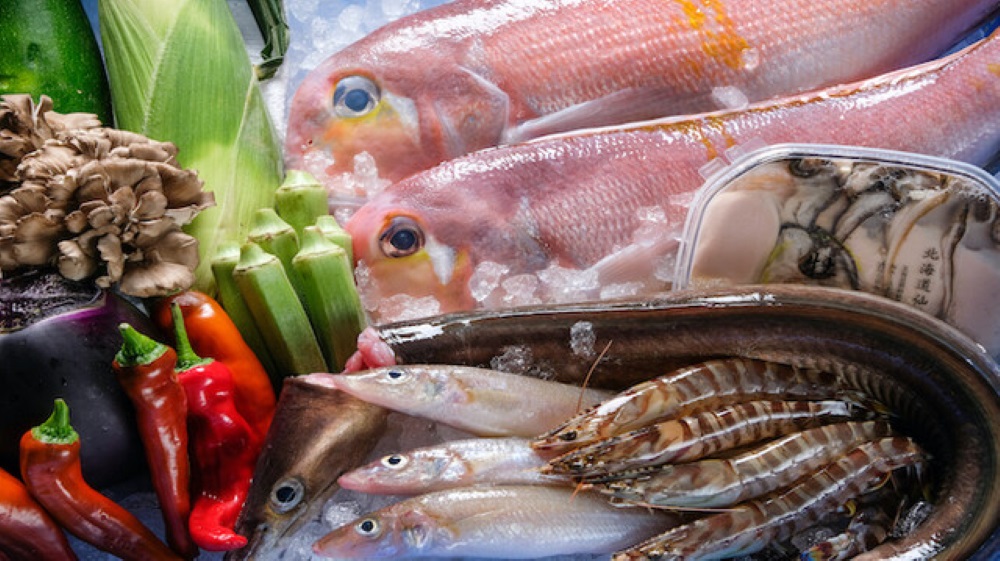

At “Tempura Eisyun,” in addition to tempura dipping sauce, an array of condiments including salted ponzu, soy sauce, salt, curry salt, wasabi, lemon, and grated daikon radish are provided. With such a variety, it might seem overwhelming, but patrons can take comfort in knowing that the chef will recommend suitable combinations.

These meticulously chosen condiments reflect the chef’s dedication, and it’s rare to find such a comprehensive selection. With all these options, patrons can also enjoy the pleasure of discovering their own preferred combinations.
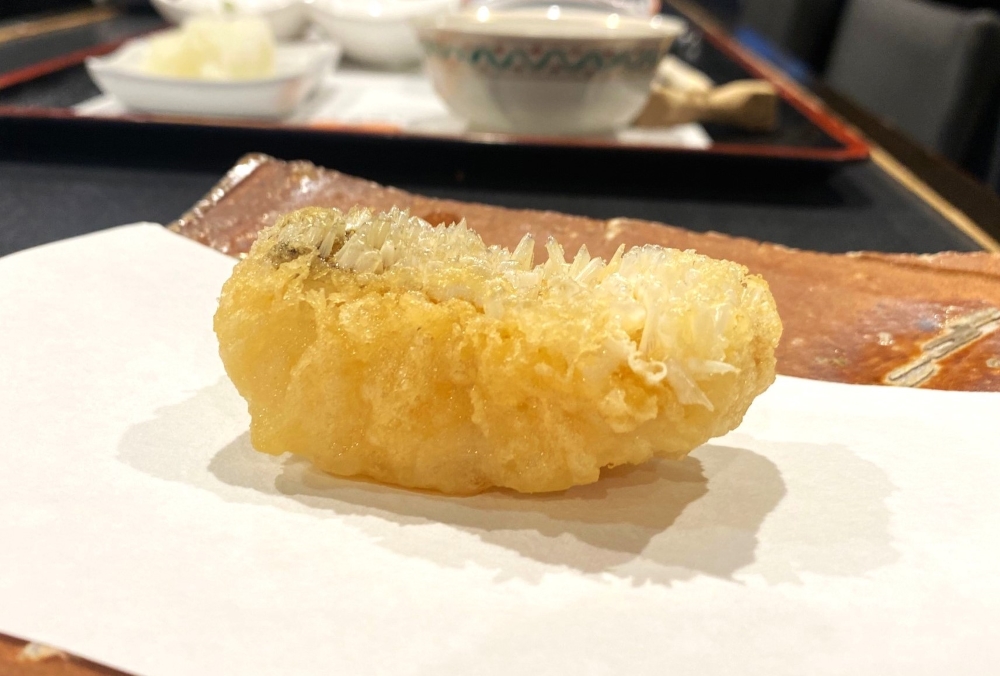

If you inform them in advance when making a reservation, bringing your own drinks is allowed!
The drink options available include draft beer, sake, highball, shochu, and wine. However, what’s truly astonishing is that you can bring your own drinks with prior consultation.
There’s a nominal corkage fee, but it’s not exorbitant. (For details, please inquire with the chef directly.) It’s said that even guests from overseas can enjoy their favorite beverages. Whether it’s the chef’s generosity or a commitment to focusing on tempura, it’s a rare and appreciated service offering.

【Reservation Methods】*Reservations are recommended
Reservations via Instagram direct message are particularly recommended, especially for international visitors. The translation feature enables broad communication. Detailed and flexible pre-arrangements are available, including scheduling, course explanations, dietary preferences, allergy checks, and pricing information, providing peace of mind for your visit.
Furthermore, explanations in English are provided at the restaurant, allowing guests to understand the ingredients while enjoying their tempura.
・Phone: 080-3767-7500 (Japanese-speaking)
・Hotel Concierge
Please consult with the concierge at your hotel. They can make reservations on your behalf.
【Payment】
Cash (JPY) only
*Please note that credit cards and digital payments are not accepted.
【Cuisine】
Lunch: From ¥6,000
Approximately 10 tempura items of seasonal seafood and vegetables + 1 option (tempura rice bowl, soba, udon, or tempura tea-dipped rice)
Dinner: From ¥10,000
13-15 tempura items of seasonal seafood and vegetables + 1 option (tempura rice bowl, soba, udon, or tempura tea-dipped rice) + dessert
【Operating Hours】
Lunch: 12:00-13:30 (Last order at 13:30)
Dinner: 18:00-22:00 (Last order at 22:00)
Closed on irregular days
【Access】

Dipui Kameya Building 1F, 167-1 Kameyacho, Nakagyo-ku, Kyoto City
Train: 10-minute walk from Marutamachi Station or Karasuma Oike Station
City Bus: 439m from Marutamachi Station
A message from the chef

While the techniques of tempura were established about 30 years ago, advancements in mechanical technology and the diversification of information in recent years have led to the evolution of tempura. I, too, constantly strive to innovate and improve, aiming for the highest quality tempura each day. I invite you to enjoy the tempura at Eisyun. Thank you.


